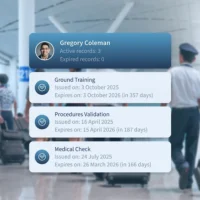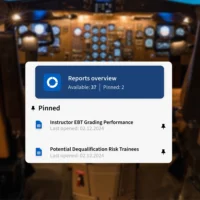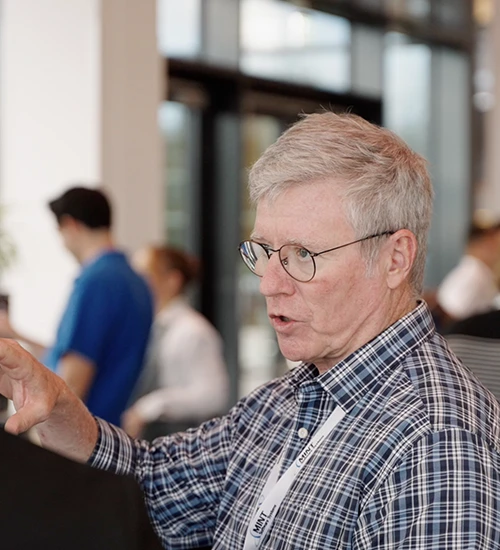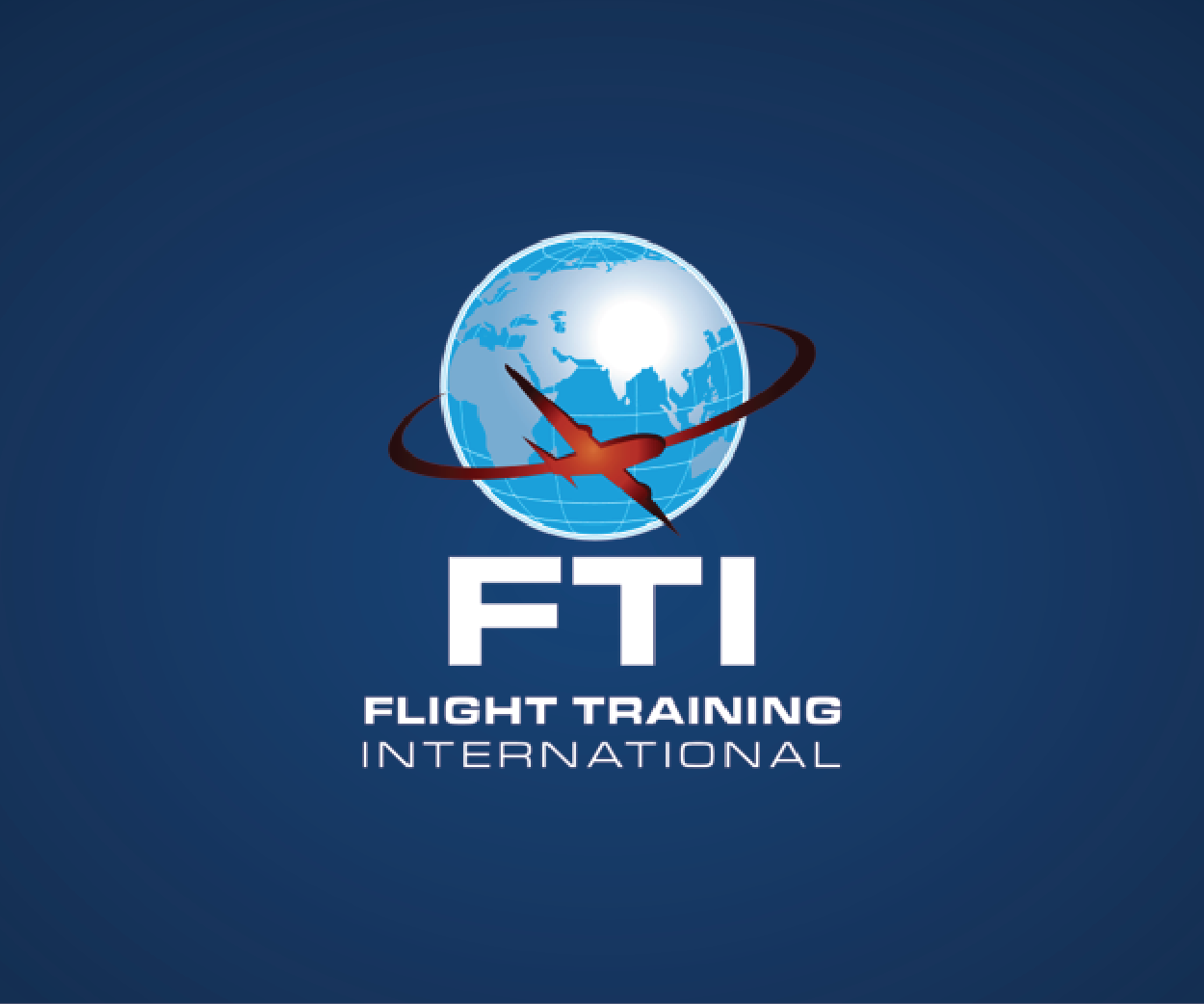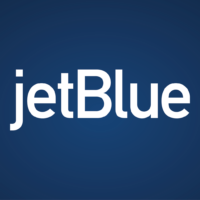MINT interviews Chuck Hagan to learn more about managing a flight training center and his experience using MINT TMS to digitize their training operations
MINT: I would like to start with a brief description of your business, what FTI does, and who your typical clients are.
Chuck: Flight Training International is a part 142 training provider. Our customers operate small fleets of Boeing 757, Boeing 737, and A320. But the economy of scale does not justify the purchase of a simulator or having an entire training staff. For these clients, FTI provides training under Part 142 or Part 125.We also offer training to individuals. A fair number of our customers are individual Pilots in business to move or ferry airplanes worldwide. They need recurrent training or initial type ratings. And then there are the pilots transitioning from the military to civilian commercial airlines in need of an initial airline transport pilot or a type rating.
MINT: What would you say is FTI’s competitive advantage?
Chuck: Two words: experience and expertise. What separates FTI from our competitors, including those that own and operate their training facilities, is the unmatched experience and expertise from Management to the front-line Instructors. FTI management and instructors have flown large transport airplanes, and many of us still fly for commercial airlines. Most of us started in the military a good number of our team also worked in the training departments of large airlines.
Hence, we have a solid understanding of how training should be done and what matters the most. We know what training is needed to safely and effectively operate an airplane in the real world under actual conditions, and that differentiates us. Our goal is to provide the best training at a fraction of the cost of our competitors, major airlines, or manufacturers can.
As FTI managers, we understand what the instructors need to deliver a quality product because we’re instructors ourselves. Hence, we spend our time and money smartly, giving the instructors what they need to do a good job.
MINT: What were some of the operational challenges FTI wanted to address by implementing a Training Management System?
Chuck: The volume of scheduling and managing training across multiple training locations, responding to inevitable schedule changes, the subsequent change notification, the modification to the respective training records, and meeting regulatory training records compliance prompted us to look for a Training Management Solution.
MINT: Can you elaborate on your process to evaluate the various vendors and solutions in the market?
Chuck: When I arrived at FTI, we had an online scheduling tool much like a giant whiteboard. From there, we transitioned to a training management tool for a flight school with a lot of functionality built around airplane management and fuel costs that weren’t useful for simulator training.
Another product had similar functionality as MINT TMS but quickly got buggy. The vendor promised to upgrade the software “soon,” but “soon” never happened. I was aware of MINT and had used it at a large airline training center, but I initially thought it would be too expensive without even asking. Instead, we started looking at other systems. Unfortunately, in terms of scope and cost, the sales pitch was dramatically different than the final quote.
As a last resort, we had nothing to lose and called MINT. To our surprise, the SaaS fee was reasonable, but I would have liked a shorter implementation timeframe than proposed by MINT. However, after the work started, we did much better in time. I guess this is a case of conservative estimation with the upside of exceeding expectations. MINT was not the first company on my list because I thought it was out of our reach. As it turned out, it wasn’t at all.
MINT: Were there any features or interactions with the MINT team that stood out?
Chuck: When we went to WATS (Worldwide Aviation Training Symposium) in Orlando, we looked at various solutions. One solution offered an excellent management system but didn’t have electronic grade sheets. Those with cool electronic grade sheets lacked on the scheduling side. I remember a particular solution that was exactly backward and everything but intuitive.
MINT was the solution that offered a complete package with qualification management, scheduling, electronic grade sheets, and a learning management system (LMS). Plus, the formatting and the way everything was laid out intuitively made sense.
One important feature to us is MINT’s powerful report builder to put data and dump data into Excel or any other data analysis tool. We created a report in MINT to pull scheduling data into an Excel spreadsheet to run our payroll right off the scheduling system. For a small company like ours with limited access to IT resources, the ability to use tools familiar to us, in conjunction with the MINT, is super helpful.
The thing that separates MINT from the competition is that they train you to become proficient and competent in building and reconfiguring the system to match your needs. Always ready to support when you run into roadblocks.
In contrast, MINT’s competitors are often more interested in selling software updates and access to their specialists. Last night I needed a report to update instructor landings requirements; it took me less than five minutes. With other solutions, I would have to break out the checkbook and wait for a developer. The actual cost is not only the money spent on service; it is the wasted time waiting for a resource to solve your problem. This is where MINT excels and adds value.
MINT: So MINT provides value beyond just training scheduling and qualifications records; it also supports various daily administrative functions within your operation.
Chuck: Yes, it is right in the name MINT Training Management System. Thanks to the features to run all kinds of reports, either of timers or event triggers, FTI can operate many otherwise labor-intensive manual processes automatically. So we’ve been able to minimize our corporate staff.
For example, I used to have somebody checking every grade folder for every student and chasing paperwork. Another example, in the past missing grade sheets, resulted in busy administrative work and unnecessarily delayed completing a trainee qualification report.
Today we have MINT configured so that an Instructor can not grade an event unless the grade sheet with all required information from the last event was completed and submitted. Because payroll is tied to the grade sheet submission, it is in the instructor’s self-interest to complete and submit grade sheets promptly. Any time an instructor encounters a grade sheet issue, they call as soon as the training is done to get it fixed. We almost eliminated errors associated with the paperwork, removing all kinds of headaches.
MINT: How was that implementation process and introduction of MINT to your team?
Chuck: The implementation was incremental. We intend to get MINT up and running in six weeks, and I think we did it in three. We focused on the scheduling portion in the initial phase, followed by the qualification. The risk of assigning an unqualified instructor to an event kept me up at night.
Building all the courses with the applicable eligibility and qualifications went surprisingly quickly. I was the person responsible on the FTI side. On the first day of implementation, our MINT Account Manager showed up to outline and showed what and in which order we needed to proceed. The next day half of the data was entered. He was completely blown away. I had to remind him that my motivation was purely to get away from anything paper. Of course, there was a learning curve in using the report builder, such as the end-of-course report. Then we applied for FAA approval for electronic signatures and record-keeping for the students and instructors. We turned on the student record keeping first, then ran in parallel with our instructor records for about a year to demonstrate to the regulator that we meet regulatory requirements. Today we are doing a much better job than we ever did with paper.
MINT: So you were able to use MINT productively within three weeks as you made additional adjustments. How long did it take until you felt you had MINT TMS configured to derive the most value?
Chuck: You are right; we used MINT productively within three weeks and experienced the value from that point forward. Because our industry and business, in general, is so dynamic, I feel there are always ways to further automate and maximize the use of MINT. Overall, the process took about one to two years to tweak all the reports and get the final FAA approval for electronic grading. The FAA approval took us a bit longer than desired, but we wanted to ensure it was as close to perfect as possible before we applied to the regulator for final approval.
MINT: You mentioned automation a few times. Do you have an example you like to share?
Chuck: During COVID, we had to find ways to save money like everybody else. And one of the ways was to leverage automation. At one time, a former airline chief pilot reviewed the training records post-training; we automated the process and saved on a six-figure salary. In addition, we could reallocate a full-time person, who before MINT was mainly occupied with managing instructor qualifications and notifying, to activities that add more value to our operation.
MINT: Those are great points on leveraging and benefiting from automation to increase efficiency and effectiveness. Hearing you talk makes me think you have already identified future opportunities.
Chuck: Digitization and automation are processes that sort of feed on themselves. Once you do one thing, you wonder if I can do this, then I can do this. At times, I think we even surprised the folks at MINT in some areas. Our account manager stated: “Yeah, we never intended it to work that way, but this is great.” Also worth mentioning is that the total resource at FTI for implementing and maintaining the MINT system is an army of one, as in me without extensive IT knowledge or skills. So it’s not like you need a whole IT department to implement MINT.
MINT: Regarding the implementation phase, you mentioned you did a lot of the legwork in the beginning to shorten that implementation period. How did the MINT team help you during that process? How did that go?
Chuck: From the beginning, I worked with the MINT team to find better ways to archive the outcomes without wanting to maintain our current processes. I told our MINT Account Manager if there’s a better way to do something, you’ll never hurt my feelings by telling me a better way. From that point forward, I explained the why and the outcome, and MINT identified how to get it done within the system.
Thanks to this approach, I am proud that the foundation was laid correctly from the beginning, and we never had to go back to rebuild anything. As I learned more about the system, I could do more things on my own. Along the way, I always had and still have access to MINT expertise to help me with the exceptions. For example, during COVID, the FAA granted a unique qualification extension. A brief call to our account manager, and MINT identified a way to make the change, and we were off to the races. We never had to wait for developer resources. Our MINT account manager always seems to find the time to guide us.
MINT: That is great to hear. From a budget and/or productivity perspective, are there any specific metrics you feel comfortable sharing?
Chuck: I could put a dollar value on the salaries we’ve eliminated. We have eliminated the need for a full-time scheduler, which is probably a $50k to $ 75k a-year job. We were also able to eliminate a 90k/year administrator and a $100k+/year flight manager by automating much of the work they were doing manually. For a small organization, these are substantial savings. Another saving was the value of the MINT LMS for an organization of our size.
MINT: Do you have anything in mind as far as improvements to MINT?
Chuck: There are still some manual tasks we’ve performed that I just haven’t gotten around to automating yet. In terms of MINT improvement, I would like more features related to the MINT LMS add-on, such as self-enrollment.
MINT: In the overall grand scheme of things, is there anything MINT should continue, start, or discontinue?
Chuck: Most other enterprise software companies try to get you hooked with a low sales price but charging an arm and a leg for configuration changes, reports, etc. Not to mention the wait time until it happens. In contrast, based on my experience with MINT, I describe them as tinkers with unparalleled industry knowledge who are genuinely interested in helping their customers find solutions. The MINT subscription fee is undoubtedly above the industry average, but when you bring them a problem, they take it as a personal challenge and attempt to solve it.
Most of the time, they solve it within the system as it is. It’s refreshing to deal with the people at MINT because their culture and DNA focus on solving their customers’ problems. They try to understand your problem, listen to their customer input, and return it two or three times better.
For me, it’s a pleasure to work with those guys. They’re a fun group of guys to work with to get the job done to make the training management system the best product in the market. Hands down, they’re lightyears ahead of really anybody else that’s operating in this segment of the industry.


